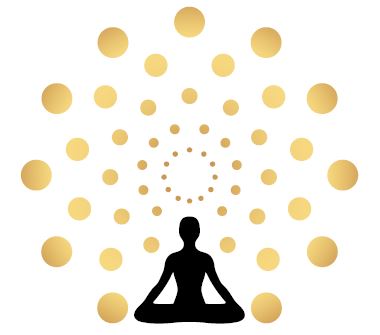Why Meditate on Death?
“Mortality is the fundamental reality of our existence.” – Sadhguru
I just booked my trip to Varanasi, India for September.
Varanasi, India is also known as Banaras or Kashi; the ancient City of Light.
Kashi is India’s holiest city and is also the oldest city in the world. It existed prior to Athens, Rome, and even Egypt. The city itself has thousands of temples each vibrating distinctly different energies for pilgrims and seekers looking to expand their consciousness.
Kashi is also India’s #1 destination when it comes to death. As much as 300 bodies are brought to Varanasi everyday with cremation pyres burning 24/7.
Everyone wants to die in Varanasi.
How is it that the oldest city in the world is simultaneously known for it’s light and liberation and yet, at the same time, the smell of death lingers everywhere?
How can this city be both the City of Light and the City of Death?
To understand these two seemingly opposite worlds, let’s begin with what is referred to as ‘death meditation’.
The notion of meditating on one’s death isn’t something new. Many Eastern religions, philosophies and spiritual practices invite their devotees, meditators and disciples to focus on this inevitable aspect of life.
Death meditation involves visualizing your own death and watching your body burn and slowly disintegrate. Though this sounds morbid and depressing by Western standards, the East has long known that this death meditation can be powerfully liberating.
By visualizing your body burning you mentally and emotionally go through the process of disidentification with your physical form.
Watching your body burn, seeing the flames char the flesh and turn it to ash is deeply compelling.
Tears may flow, body heaves may come in waves while intermittent shudders reflexively purge throughout the system.
An intense grief might overtake you as watch the most visceral and personal possession you have; your physical body, slowly get consumed by ever growing flames, heat, and smoke.
What was once a discernable human form is starting to lose it’s recognizable features and intimate characteristics start to fade and dissappear.
As you continue to watch your body burn another rising sense of grief makes itself known. All that was yours, all that you could call distinctly your own; your home, your clothes, your personal items, even your family, pets, children, and spouse also slowly fade away.
Fear rises and falls as you continue to watch the scene unfold.
Anxiety, worry, grief and despair all get their chance to express and release.
Finally the seemingly never ending torture seems to find it’s end. You see that the body is no more. Ashes to ashes, dust to dust. The silent strength in knowing that everything that was once physically, mentally, emotionally and energetically yours is now gone.
What is left?
Awareness. Ever-present silence. A sense of Equanimity. A profound Acceptance into the nature of Life and Death.
A newly found raised pitch of conscious awareness.
“What you accumulate can be yours, but it can never be you.” – Sadhguru
Meditating on your own death is a potent practice because it dissolves that primitive fear that we all share.
The fear that when the body dies we are no more.
But, when you meditate and invite this death meditation into your awareness, when you purge the fear and release it, it creates a profound opening.
An invitation.
A realization and final understanding.
What once held you back in fear has now liberated you.
No fear, just life. No death, just awareness.
It is only when you can face your own death with grace and dignity can you then have the courage to live authentically and fearlessly.
Life and death are simply the flip side of the same coin.

So Kashi, the ancient city of Light and Death.
Where you can simultaneously walk the streets to the next temple that may hold your liberation while the smell of death lingers through the air.
Varanasi, the oldest city in the world, knows the ultimate secret.

